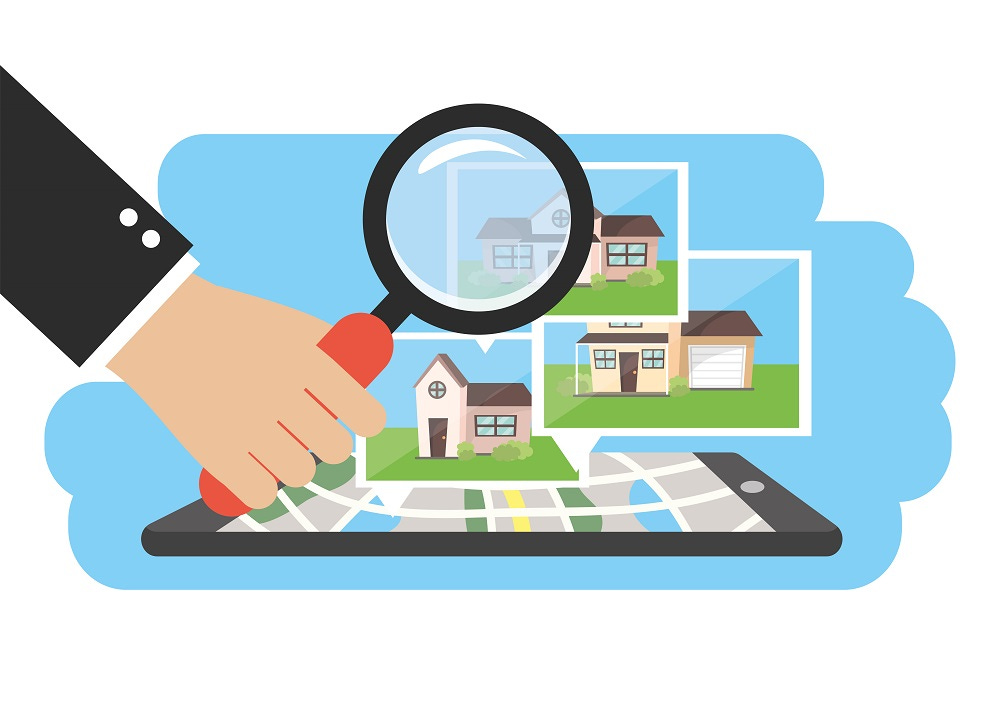The Hidden Loophole That Helps You Buy Investment Properties
News from the Hispanic World in One Click
Welcome! La Chapulina Verde is bilingual. Every article is available in English and Spanish. Enjoy reading in your preferred language. Keep up to date and follow us on our social networks! Instagram, Threads, Facebook, and YouTube.
In continuation of last week’s 1031 article. Today, we bring you the reverse 1031 exchange and its benefits.
A reverse 1031 exchange is a way for real estate investors to avoid paying taxes right away when they sell one investment property and buy another. Normally, in a 1031 exchange, you sell a property first and then buy a new one. But in a reverse exchange, you buy the new property first and sell the old one later.
This is helpful when the real estate market is very competitive, and you don’t want to miss a good deal. You can act fast and buy a great property before someone else does. To do this, you must work with a special helper called an Exchange Accommodation Titleholder (EAT). The EAT temporarily holds the new property while you get ready to sell your old one.
There are two main types of reverse exchanges:
Exchange First – The EAT takes over your old property first. You loan them money so they can buy your new property.
Exchange Last – The EAT holds your new property until you sell your old one. Then everything gets transferred back to you.
Both types must follow strict IRS rules. After buying the new property, you have 45 days to pick which of your old properties you’ll sell. Then you have 180 days total to finish the sale and complete the exchange. If you miss the deadlines, you’ll have to pay taxes on the profit from the sale.
To do a reverse 1031 exchange, here are the main steps:
Pick an EAT (this can be a person or company that helps with exchanges).
Make an offer on the new property.
Let the EAT take the title (ownership).
Choose which of your old properties you want to sell.
Sell that old property within the 180-day period.
Finalize the exchange, and the EAT gives you the new property.
You must follow all the rules:
The new and old properties must be investment properties (not homes you live in).
The value of the new property must be equal to or more than the old one.
A Qualified Intermediary must help oversee the process.
Reverse exchanges are great if you want more time to find the right new property. But if you don’t sell your old property in time, you’ll end up owning both and might miss out on tax savings.





